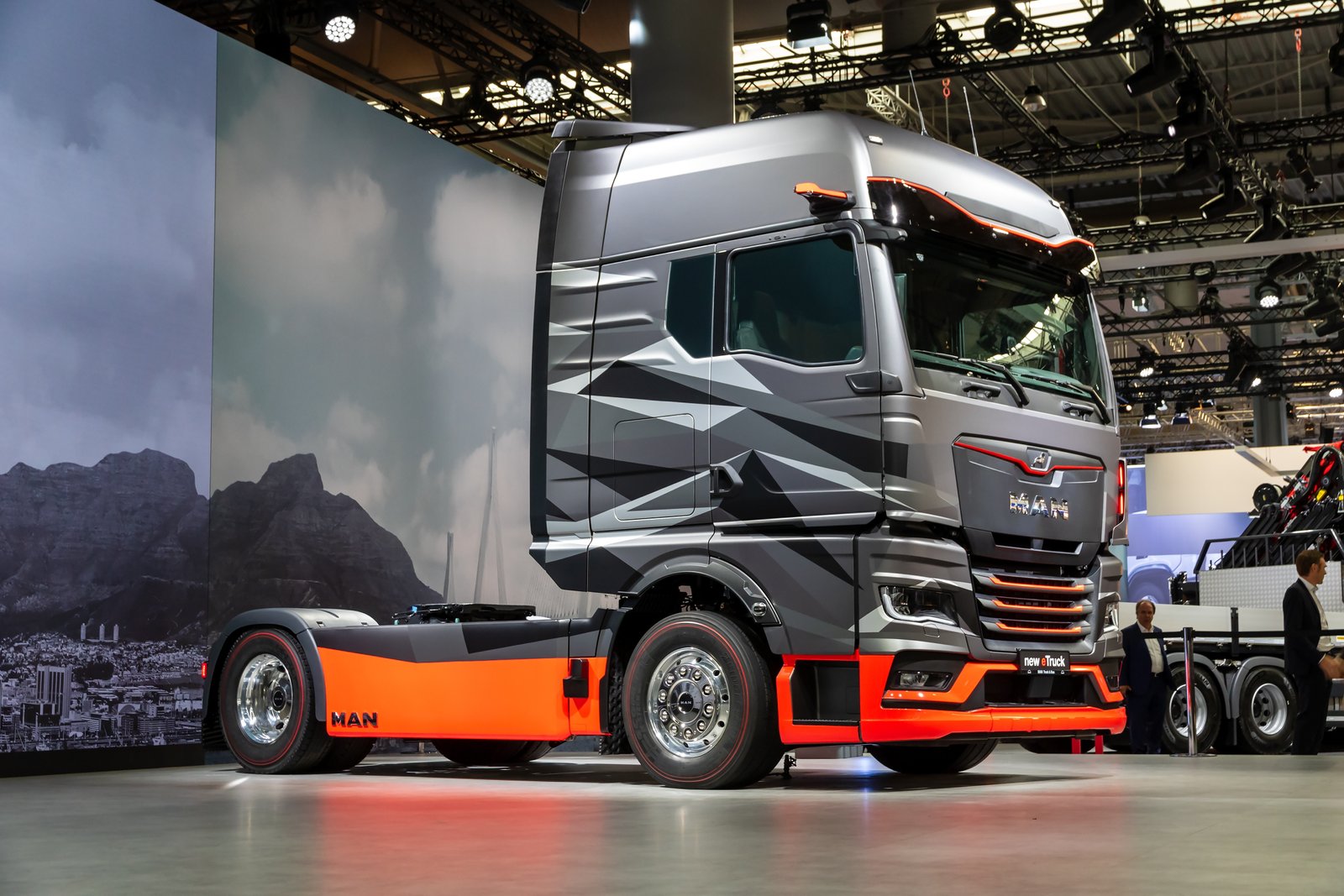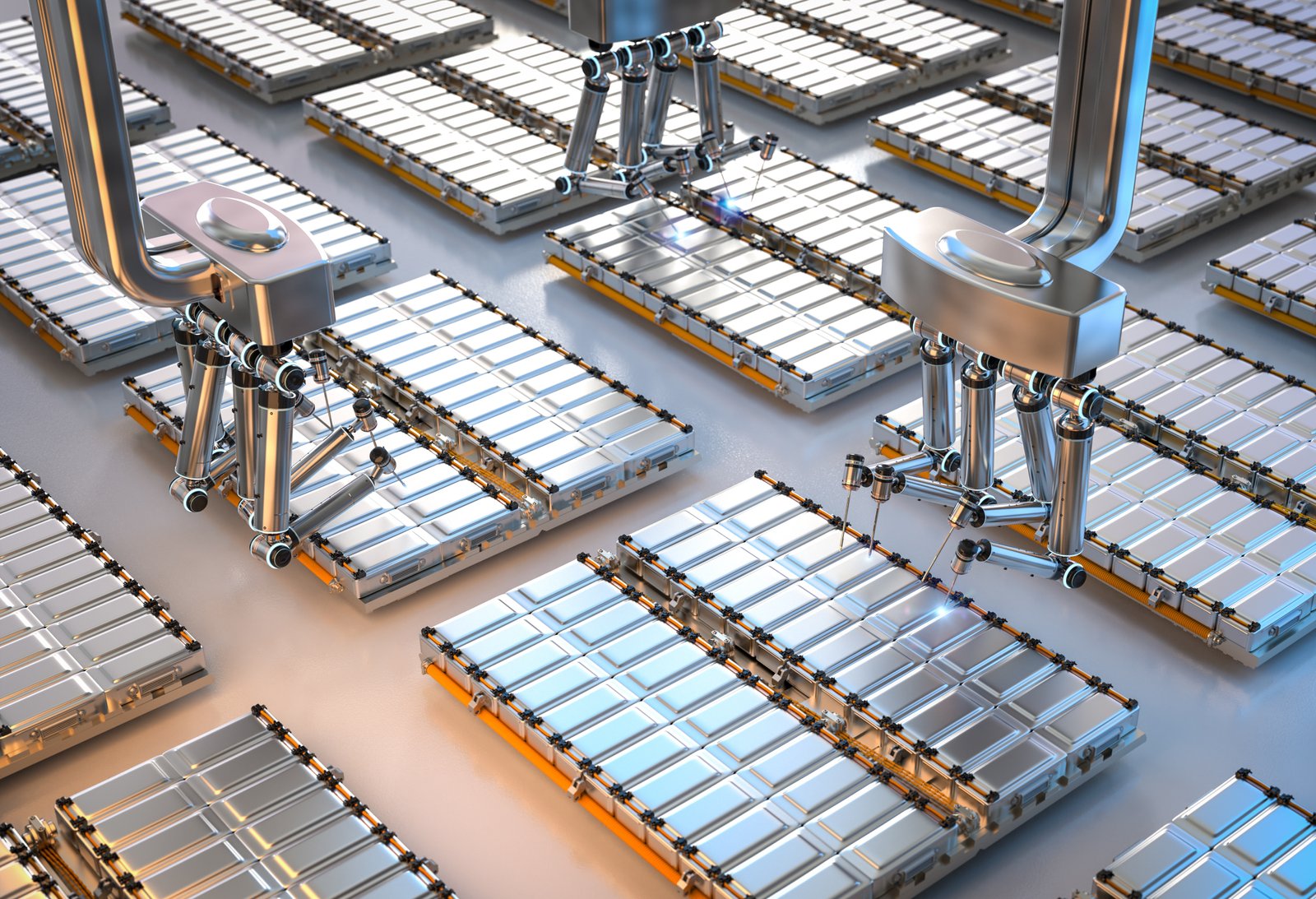Copper stands as a pivotal mineral in the automotive industry, finding ubiquitous application in the wiring harnesses market. The demand for copper is poised to experience significant growth, primarily fueled by the megatrends of electric vehicles (EVs) and autonomous vehicles. According to global reports, the automotive sector's copper demand is projected to reach 5 million metric tons (1MT = 1 billion kilograms) annually by the year 2034. While autonomy and electrification will be the primary drivers of this surge from current levels, it is noteworthy that the wiring harness component will continue to dominate the overall demand for copper.
The wiring harness serves as the automotive equivalent of a central nervous system, intricately connecting the car's various components such as sensors, actuators, lights, and more to the vehicle's central processing unit. Within this intricate network, each component necessitates multiple wires for both communication and power delivery. The increasing complexity of modern vehicles, housing a myriad of sophisticated features, has resulted in a significant expansion of wiring harness intricacy. In contemporary automobiles, where hundreds of wired components are commonplace, the wiring harness has evolved to incorporate thousands of individual wires, collectively spanning kilometers in overall length.
Certain industry leaders, Tesla among them, are actively engaged in optimizing vehicle networking by reducing system redundancy, eliminating thousands of meters of cables, and shedding kilograms of weight per vehicle. This optimization is facilitated by a shift in system architecture. Tier 2 suppliers like NXP anticipate the emergence of a zonal architecture approach, wherein wired components are grouped based on location rather than function. This approach holds the promise of eliminating redundancy in the wire harness. However, experts in the industry emphasize that fully capitalizing on the advantages of zonal architectures requires a shift towards a harness-first mindset, prioritizing wiring considerations rather than treating them as an afterthought. Copper consumption in vehicles faces multiple challenges, with optimization being just one aspect. Substitution with aluminum, the adoption of 48V systems featuring smaller gauges, and the implementation of wireless communication technologies all contribute to the reduction of copper in wiring harnesses. Despite these factors, countervailing influences include the growing complexity of vehicles and the increasing size of popular SUVs, which help sustain copper demand.







